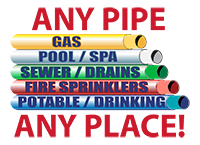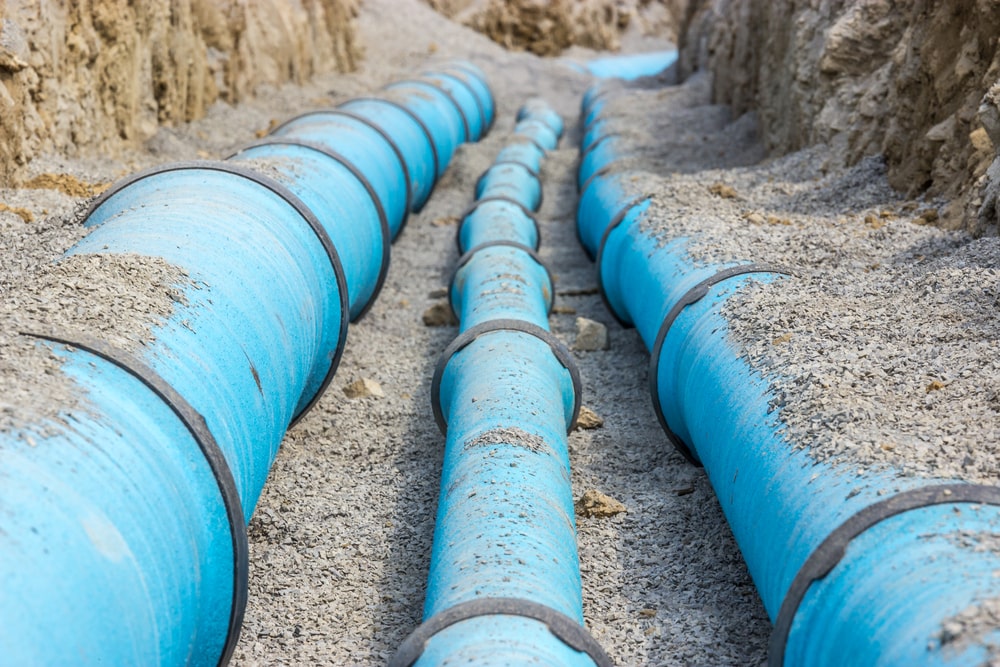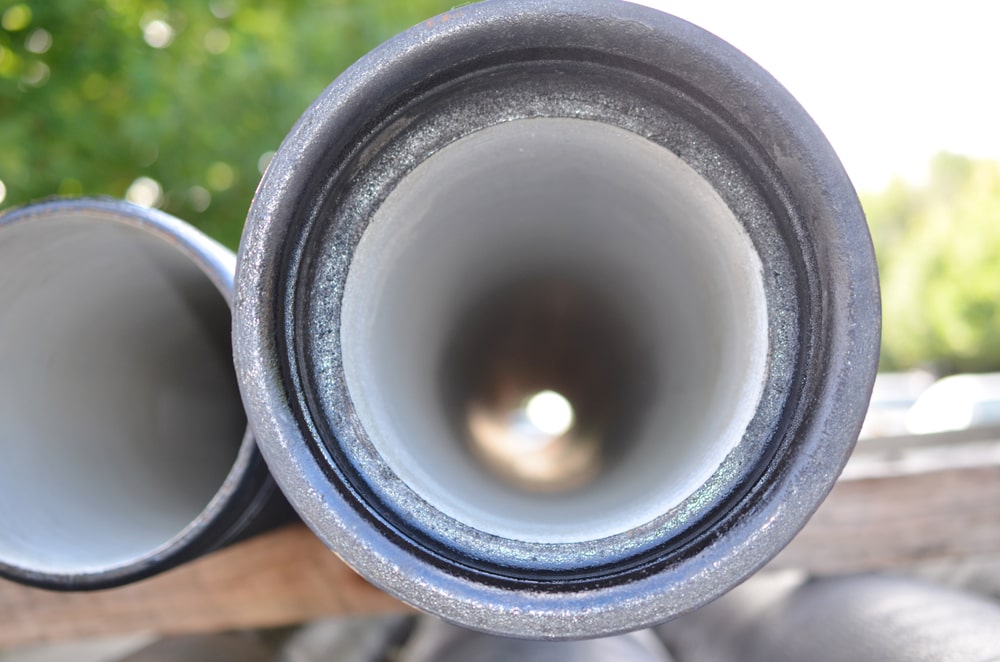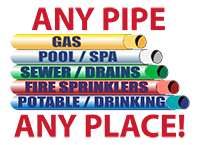The latest innovation in plumbing technology is known as pipe lining? Wondering what is pipe lining? Read on to find out.
It is common knowledge that the most complicated part of our homes is its piping infrastructure. When leaks and small cracks develop in these pipes over time due to wear and tear, replacing them can be a huge headache. But what if we told you there was an easier way to approach this problem. Even if there is substantial internal damage in your pipes, it does not mean that they need replacing. What you need here is pipe lining or relining. This process helps in restoring the integrity of the pipes so that they can start functioning as new.
If you want to learn about the process of pipe lining/relining, we have all the answers for you. In the following sections, we will discuss the purpose and benefits of this process, and how it can increase the life of your plumbing system. Without further ado, let’s begin.
What is Pipe Lining?
To explain in it simple terms, pipe lining or relining is a process by which you can repair your cracked pipes with the help of a special resin. The resin is the key element in the pipe lining process. When a damaged pipe has to be repaired, a fiberglass or polyester felt tube saturated in this resin is inserted into the pipe. When the resin cures over time, it hardens to form a new pipe within the original pipe, which is sometimes stronger than the original. The felt tube is usually inserted from an upstream access point. While it is possible to insert the resin-saturated tube from an access point that is downstream, it is considered to be riskier. This method is known as cure-in-place pipelining or CIPP.
CIPP method of pipe relining is commonly known as a trenchless method of repairing damaged pipes since it requires minimum to no digging. As a result, this process is not only less intensive but also a more cost-effective solution to ‘digging and replacing’ methods for pipe repair. What’s better is that repairs made through the process of resin curing will last you for decades.
Pipe Lining vs Traditional Pipe Repair
Pipe lining is an effective and simple process that always surpasses traditional methods of pipe repair. With pipe relining, the need for excavations and pipe replacements are removed. The non-destructive approach means that there are no additional landscape restoration costs associated with it either. With traditional methods of pipe repair, on the other hand, you have to deal with trench excavation, structural damage, and traffic tie-ups.
The resin material that cures inside the pipe is seamless, smooth, and significantly stronger than PVC. The jointless structure of the CIPP method of pipe lining also ensures that you no longer have to deal with the problem of calcification. Besides this, the stronger pipes are able to withstand the higher water pressure and the overall flow and capacity of your plumbing system also increases. It is evident from all these points how pipe lining is a far superior and speedy method of repair as compared to traditional pipe repairs.
Signs You Need Pipe Lining
If your building is over 10 years old, it is possible that pipe damage is already in progress. However, there are some symptoms of pipe corrosion and damage you need to watch out for.
- Backups in plumbing systems: If the showers, sinks, and toilers in your building are constantly backing up, it is possible that there is a problem with the sewer pipe.
- Foul odor: If there is a foul odor emanating from your house, you can be sure that it is a problem of sewer pipe damage.
- Slow drainage: If you notice that the water is draining out slowly, it’s highly likely that there is some problem with the pipes. A trained plumber will be able to determine if this is because of some blockage or actual damage in the pipes.
- Sewage leakage in the yard: If water starts leaking from the pipes into your yard, you will notice unnatural yard growth and taller grass in some sections of your yard. Another thing you might notice is the formation of valleys and dips as the soil dissipates under the grass.
- Issues with foundation: A faulty drain pipe can also cause your foundation to shift. As water seeps out of the pipe into the foundation of your house, the soil will expand and shrink, which causes the shifting.
- Rodent or insect infestation: Damaged drain pipes can also lead to an infestation of mice, rats, cockroaches flies, and palmetto bugs in your house. Even though you can get rid of them temporarily with pest control, as long as the crack is still there they will keep coming back.
Besides this, you might also notice the following –
- Stains on sinks and/or tubs
- Water with discoloration
- Poor water flow
How is pipe lining done?
Now that you know what is pipe lining, we’ll look into the process of pipe lining in detail. Pipe lining can be done for a variety of pipes running through your residential or commercial establishment –
- Sewer laterals and drainage pipes
- Floor drainage pipes
- Roof drainage pipes
- Collectors, and more.
Here is an overview of the main stages of a pipe lining/relining process –
- In the first step, pipe inspection is done to check the extent of damage in the pipes. This process is usually done with closed-circuit cameras, but with the evolution of technology, better solutions have emerged in recent years. FELL or forced electron leak location is a piece of equipment that can be used to check the extent of the damage more closely.
- In the next step, the pipes are cleaned for blockages. This step usually involves multiple steps. The cleaning is first done with regular methods to remove any large or solid blockages. Thereafter, robotic cutters are used to remove the remaining debris. In the last step, the cleaning is finished with a high-pressure water jet. All these steps are important to ensure that the pipe walls have a smooth surface for the resin to set.
- Next, another pipe inspection is done with a closed-circuit camera to ensure that the inner surface of the pipes is ready for relining.
- The extent of damage and the length of the pipe is measured to determine the length of the lining.
- After determining the pipe length, the inner walls are saturated with epoxy resin. After this resin cures, it would become the second pipe inside the original pipe. It is usually easier to do this process with wider and straighter sections than T-sections and tricky joints.
- After this, the curing process starts. This is the longest stage of the entire process. Although it is best to let the resin lining cure manually, sometimes hot water can be used to accelerate the curing. In the final step of this stage, UV radiation is used to harden the lining even further.
- Before wrapping up this process, the inspecting pits and junctions are cut using grinders, robotic cutters, and other surface-level cutters. This is followed by final checks to ensure that all the damages have been repaired.
Et voila! The pipe lining process is complete.
Factors to Take into Consideration in Pipe Lining
In majority of the cases, pipe relining will work perfectly well in repairing the damaged parts of the pipe. However, there are some cases in which pipe lining would not be possible.
- Smaller Diameter: If the diameter of the pipe is less than 4 inches, it can be difficult to line it with epoxy resin, as this material requires some are to harden completely. Thus, it is not possible in smaller pipes.
- Uneven cleaning: If the cleaning is not done thoroughly, it can lead to the formation of uneven linings. This can turn into severe problems are debris can often get stuck in an unevenly lined pipe.
- Broken components: If there are any broken components in your pipes, then the pipes would have to be replaced. Lining can only do so much if there is no structural integrity left in the pipe. Before pipe lining is done, it is important to ensure that the outer surface is smooth.
- Tricky bends and joints: If the damaged portion of the pipe is around the tricky bends or joints, it can be hard to use the epoxy resin there. It is advisable to go with new bends and joints in such cases.
Benefits of Pipe Lining
We have already discussed the benefits of pipe lining as opposed to traditional methods of pipe repair. In this section, we’ll discuss the various benefits of CIPP pipe lining in detail –
1. Lesser problems with landscaping
When the pipe sections are repaired after digging up the drainage system of your house, it can lead to the upheaval of your landscape. A lot of plants and flowers in your garden that took years to grow would get destroyed. The replacement of the ground covering materials can also take a long time. All of this can add to greater peripheral costs. Pipe lining ensures that there is minimal disruption on the surface, so your home usually remains untouched. On top of that, you get great quality pipes, which can be even stronger than the original ones.
2. More safety
When the ground surface is disrupted, it can pose a big risk for the residents. Holes, debris, and trenches are vulnerable spots where accidents can occur easily. Pets, children, and the elderly can be especially susceptible to these accidents. It also hinders your movement around the house. With pipe lining, you do not have to face any of these issues.
3. Value addition and cost-effectiveness
A well-maintained plumbing system will add to the resale value of your house. Getting a new plumbing system is possible, but it will certainly cost you more. The labor costs in pipe lining are lesser, and you also get to save on peripheral costs like rebuilding ground trenches and green cover.
4. Durable
Relined pipes are usually more durable as the addition of epoxy resin reinforces the original piping system. With pipe lining, you essentially get two pipes in the same plumbing unit. Besides this, any joints or weaker points are also removed.
5. Faster repair
Pipe lining is completed much faster as there is no need for digging trenches and laying new pipes. It also makes it easier to deal with hard-to-access areas. Besides this, your living environment returns to normalcy much faster.
The biggest benefit of CIPP relining is lesser stress.
Pipe Lining – A Long Term Solution
One would assume that the new pipe within a damaged pipe through the process of pipe lining would not be as resilient as a fresh set of pipes. However, that is far from the truth. In majority of the cases, pipe lining is a solution that is actually more long-term than replacing pipes. With CIPP pipe lining, you get a warranty of 10-50 years of trouble-free drainage. From this, it is clearly apparent how well pipe lining works.
Pipe Lining Services Near You
With this, we have hopefully cleared all your doubts about what is pipe lining. The CIPP method of pipe lining is a great alternative to traditional pipe repairs, which can often take months of intrusive repairs. At the end of a pipe relining job, you will get a plumbing system that will last you for years to come. However, it is important to choose the best pipe lining service in terms of both warranty and service. This is where San Diego Plumbing and Pipelining comes in.
We, at San Diego Plumbing and Pipelining, provide our customers with the best in pipe lining services. We use the latest technology and superior products in conducting pipe repairs, so our customers can benefit from durable, cost-effective, and convenient results. Besides this, our warranty is double the industry standards, so you know you are making the right choice when you choose our services. If you are ready to get started with pipe lining, give San Diego Plumbing and Pipelining a call today at (858) 333-7313!








